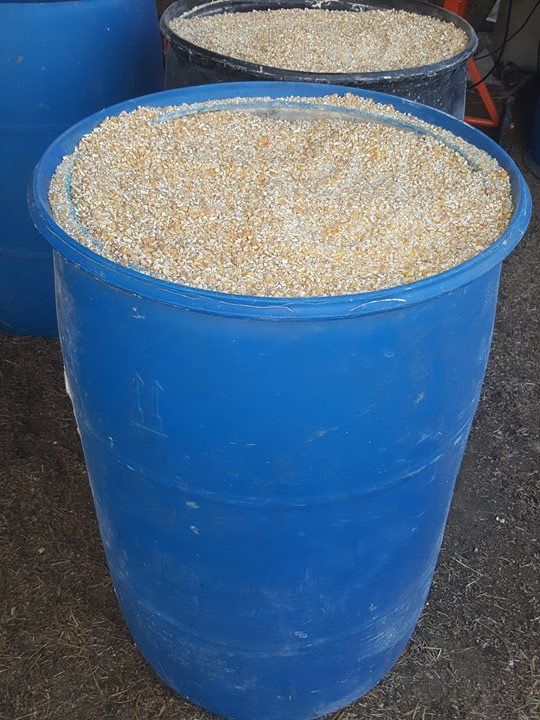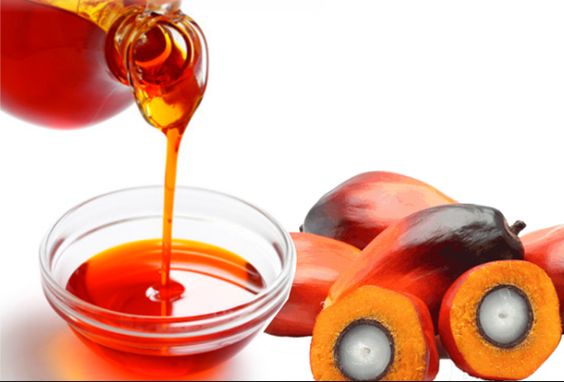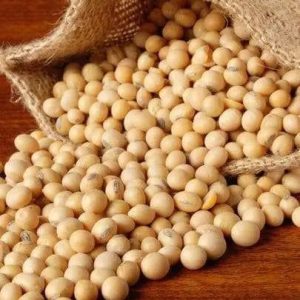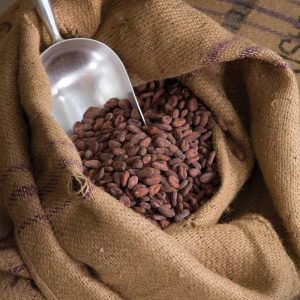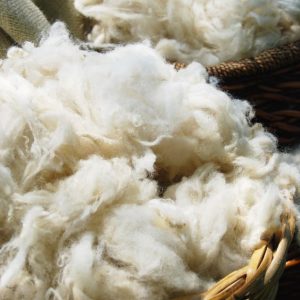Description
Crude Palm Oil (CPO) Specifications:
- Physical Properties:
- Color: Orange-red due to the presence of carotenoids (Beta-carotene).
- Odor: Characteristic of palm oil; should not have an off-odor or rancid smell.
- Texture: Semi-solid at room temperature, liquid when heated.
- Melting Point: 33°C to 39°C (91°F to 102°F), depends on fatty acid composition.
- Free Fatty Acids (FFA):
- Maximum FFA Content: ≤ 5.0% (as palmitic acid).
- FFA levels indicate the oil’s freshness and quality. Lower FFA content is desirable, as higher FFA can lead to rancidity.
- Moisture & Impurities:
- Maximum Moisture Content: ≤ 0.1%.
- Impurities: ≤ 0.02%.
- Low moisture and impurity content are crucial for preserving the oil’s quality during storage and transportation.
- Iodine Value (IV):
- Range: 50 to 55.
- The iodine value measures the degree of unsaturation in the oil, which affects its stability and shelf life. Lower IV means better stability against oxidation.
- Peroxide Value (PV):
- Maximum: ≤ 2 meq/kg.
- The peroxide value indicates the level of oxidation. A low PV ensures freshness and stability of the oil.
- Saponification Value:
- Range: 195 to 205 mg KOH/g.
- This value measures the number of milligrams of potassium hydroxide (KOH) required to saponify 1 gram of fat. It is used to characterize the type of fatty acids present in the oil.
- Specific Gravity:
- Range: 0.889 to 0.920 g/cm³ at 50°C.
- Indicates the density of the oil, crucial for processing and blending in industrial applications.
- Melting Point:
- 33°C to 39°C (91°F to 102°F), depending on fatty acid composition. Higher levels of saturated fatty acids result in a higher melting point.
- Carotene Content:
- Range: 500 to 700 ppm (parts per million).
- Carotenes are natural pigments that give crude palm oil its distinctive orange-red color. High carotene content indicates unrefined oil.
- Acid Value:
- Maximum: ≤ 10 mg KOH/g.
- A measure of the free acid content, it is closely related to the FFA level. Lower acid values are preferred for better quality.
- Unsaponifiable Matter:
- Maximum: ≤ 1.0%.
- Unsaponifiable matter refers to substances in the oil that do not form soap when reacted with alkali. Higher unsaponifiable content may indicate contamination or impurities.
- Fatty Acid Composition:
- Palmitic Acid (C16:0): 43% to 45%.
- Oleic Acid (C18:1): 39% to 40%.
- Linoleic Acid (C18:2): 9% to 11%.
- Stearic Acid (C18:0): 4% to 5%.
- Other Fatty Acids: Minor quantities of myristic, arachidic, and lauric acids.
- The balance between saturated and unsaturated fats is essential for determining the oil’s stability, melting point, and applications.
- Smoke Point:
- 215°C to 230°C (419°F to 446°F).
- A high smoke point makes crude palm oil suitable for high-temperature cooking and frying.
- Glycerides:
- Crude palm oil contains a combination of triglycerides, diglycerides, and monoglycerides, with triglycerides being the dominant component.
- Volatile Matter:
- Maximum: ≤ 0.2%.
- Volatile matter refers to substances that evaporate easily from the oil. Low volatile content is preferred to ensure stability and prevent off-flavors.
- Impurity Content:
- Maximum: ≤ 0.1%.
- This refers to any foreign material in the oil such as dust, fibers, or other contaminants.
Packaging and Storage:
- Packaging:
- Drums, flexi-tanks, or bulk storage tanks.
- Standard packaging sizes: 190 kg steel drums, IBC tanks, or 21,000 – 24,000 liters flexi-tanks for bulk transport.
- Storage Conditions:
- Temperature: Must be stored in a cool, dry place away from direct sunlight. Ideal storage temperature: 32°C to 40°C.
- Shelf Life: 6 to 12 months, depending on storage conditions and quality control.
Common Uses:
- Edible Oil:
- Once refined, bleached, and deodorized (RBD palm oil), it is used in cooking oils, margarines, shortenings, and processed foods.
- Biofuel:
- Due to its high energy content, crude palm oil can be processed into biodiesel.
- Soap and Detergents:
- The fatty acid composition makes it a popular choice in the soap-making industry.
- Cosmetic Industry:
- Used in the production of skin and hair care products, especially after refining.
Export Standards:
- Certifications: Crude palm oil must comply with international standards such as RSPO (Roundtable on Sustainable Palm Oil) or ISCC (International Sustainability and Carbon Certification) to ensure sustainability and reduce environmental impact.
- Country of Origin: Major producers include Indonesia, Malaysia, Thailand, Nigeria, and Colombia.
Quality Grades:
- Grade A: Premium quality, low FFA (≤ 3%), used in food-grade applications.
- Grade B: Moderate FFA content (up to 5%), often used for industrial or biofuel applications.
- Grade C: Higher FFA content, typically used for non-edible industrial uses.
This specification ensures that crude palm oil meets quality requirements for various applications, from food production to industrial uses like biodiesel and cosmetics.

